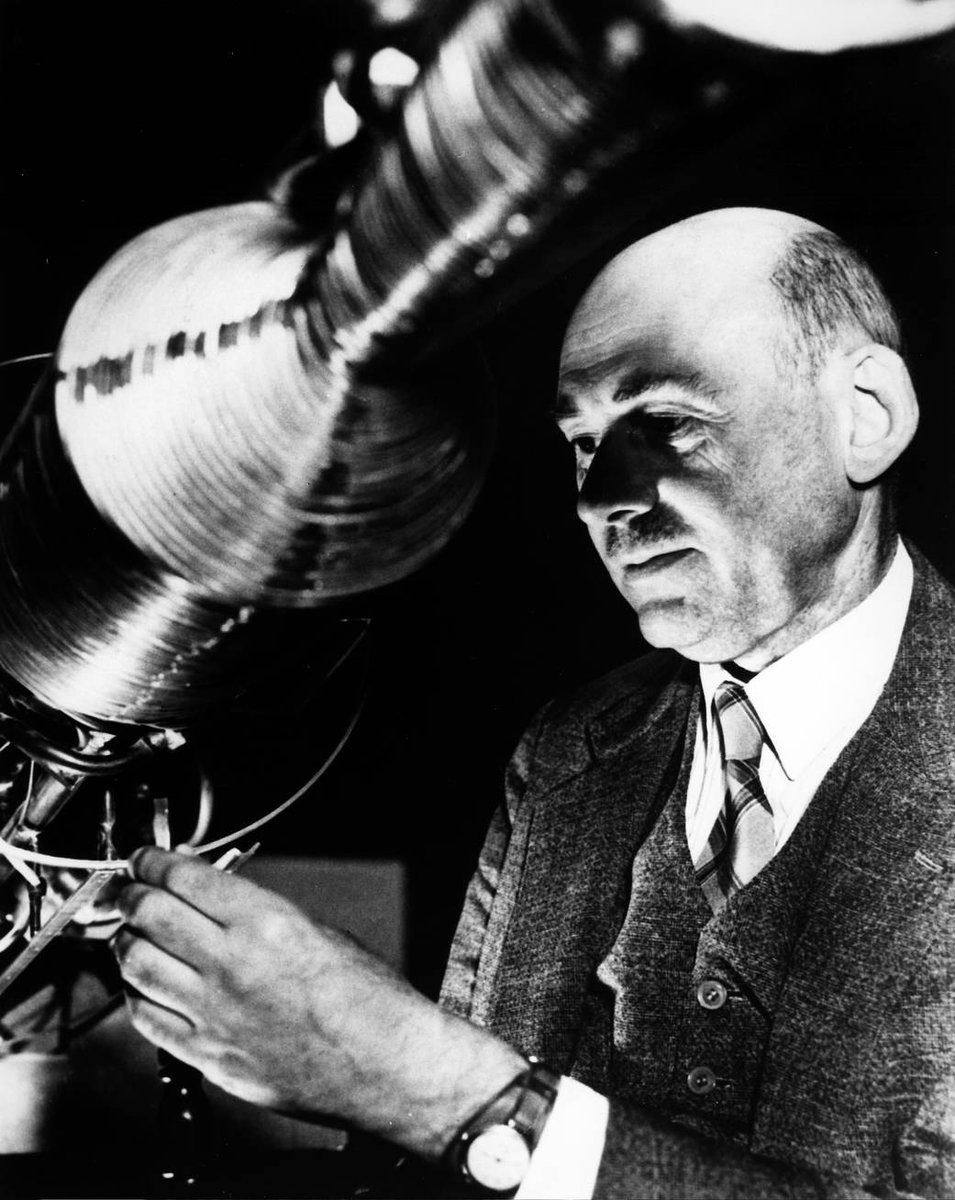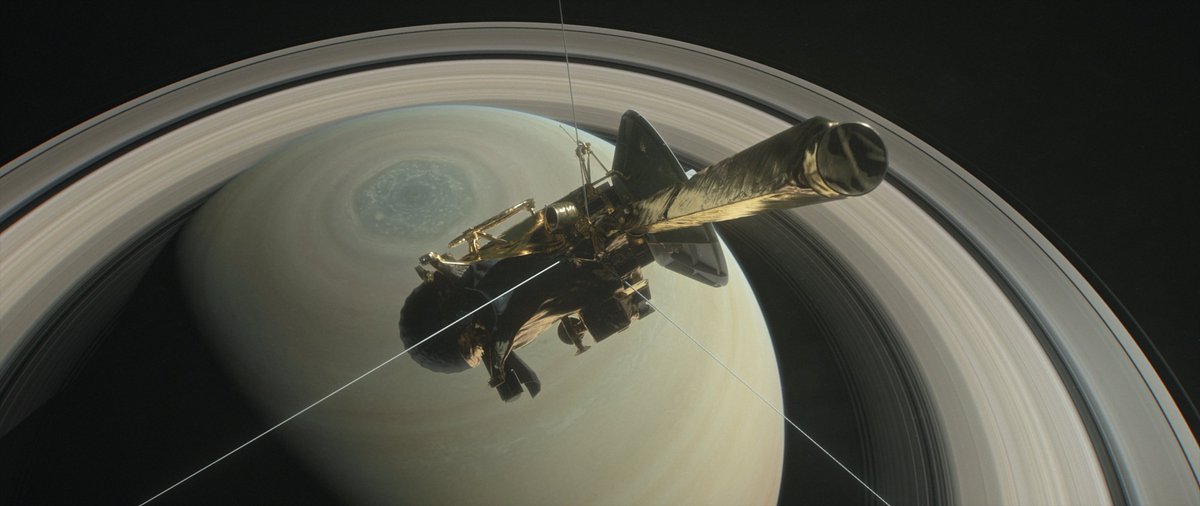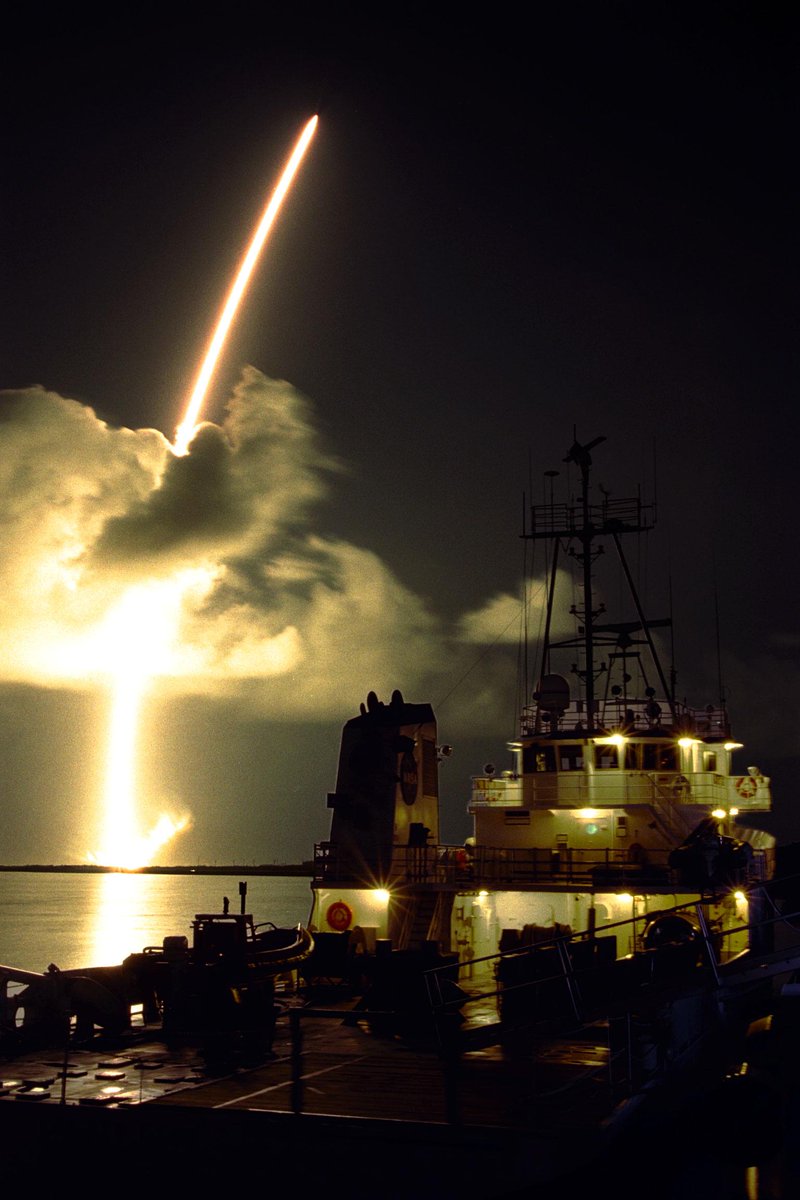@drawandstrike @ThomasWictor @HNIJohnMiller @catesduane @rising_serpent @_ImperatorRex_ @Debradelai @GodlessNZ @almostjingo @TheChillum
nasa.gov/press-release/…
ICESat-2 carries a single instrument, the Advanced Topographic Laser Altimeter System (ATLAS). ATLAS will be activated approximately two weeks after the mission operations team completes...
ICESat-2 continues the record of ice height measurements started by NASA’s original ICESat mission, which operated from 2003 to 2009,
For more information about other NASA Earth science activities, visit:
nasa.gov/earth








